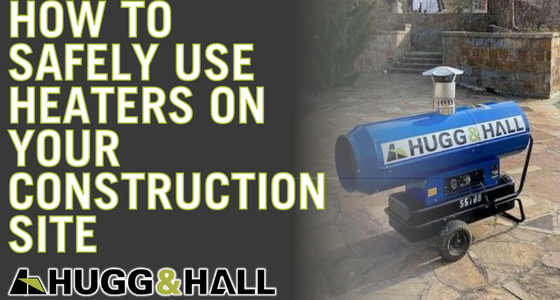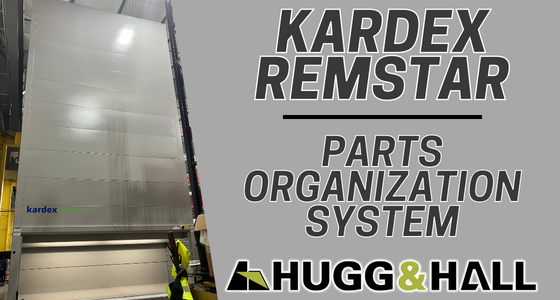
How to Safely Use Heaters on Your Construction Site
Winter weather is here to stay, and it can put a damper on your jobsite...

Winter weather is here to stay, and it can put a damper on your jobsite...

Meet Austin Pitchford, Rental Equipment Yard Manager at our Oklahoma City Branch! Austin has been...

Introducing the Kardex Remstar Storage Stacker, a vertical automated Parts Stacker! How does it work? ...